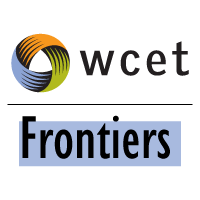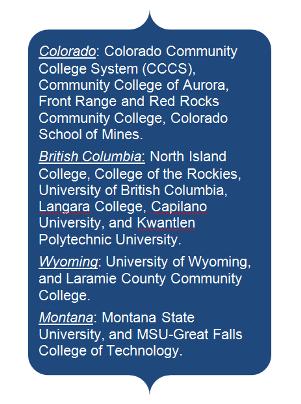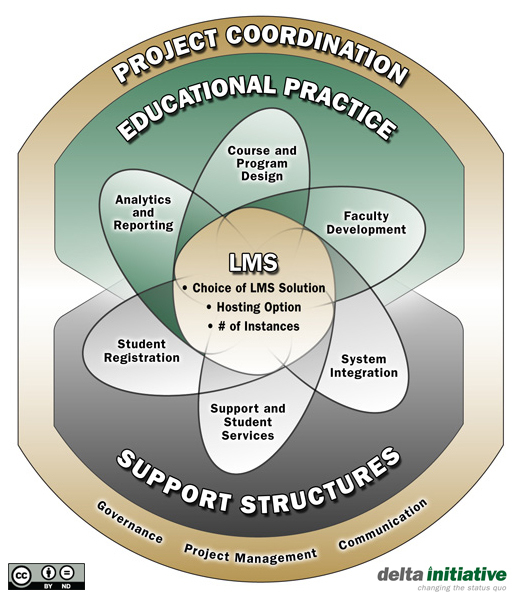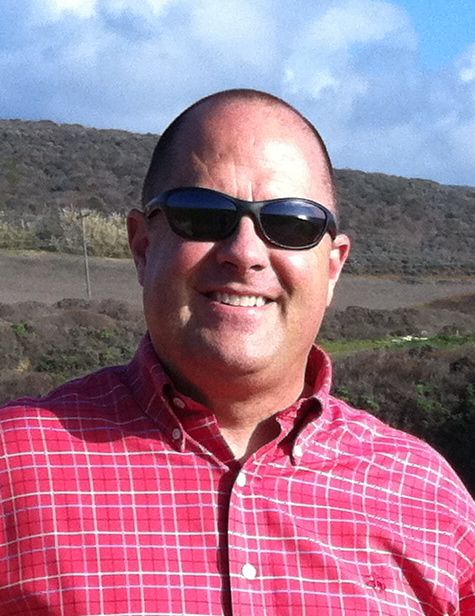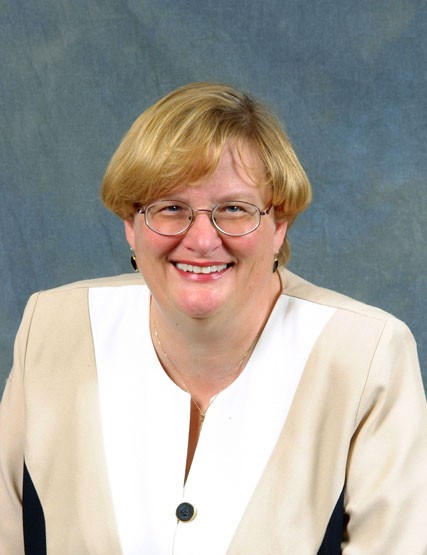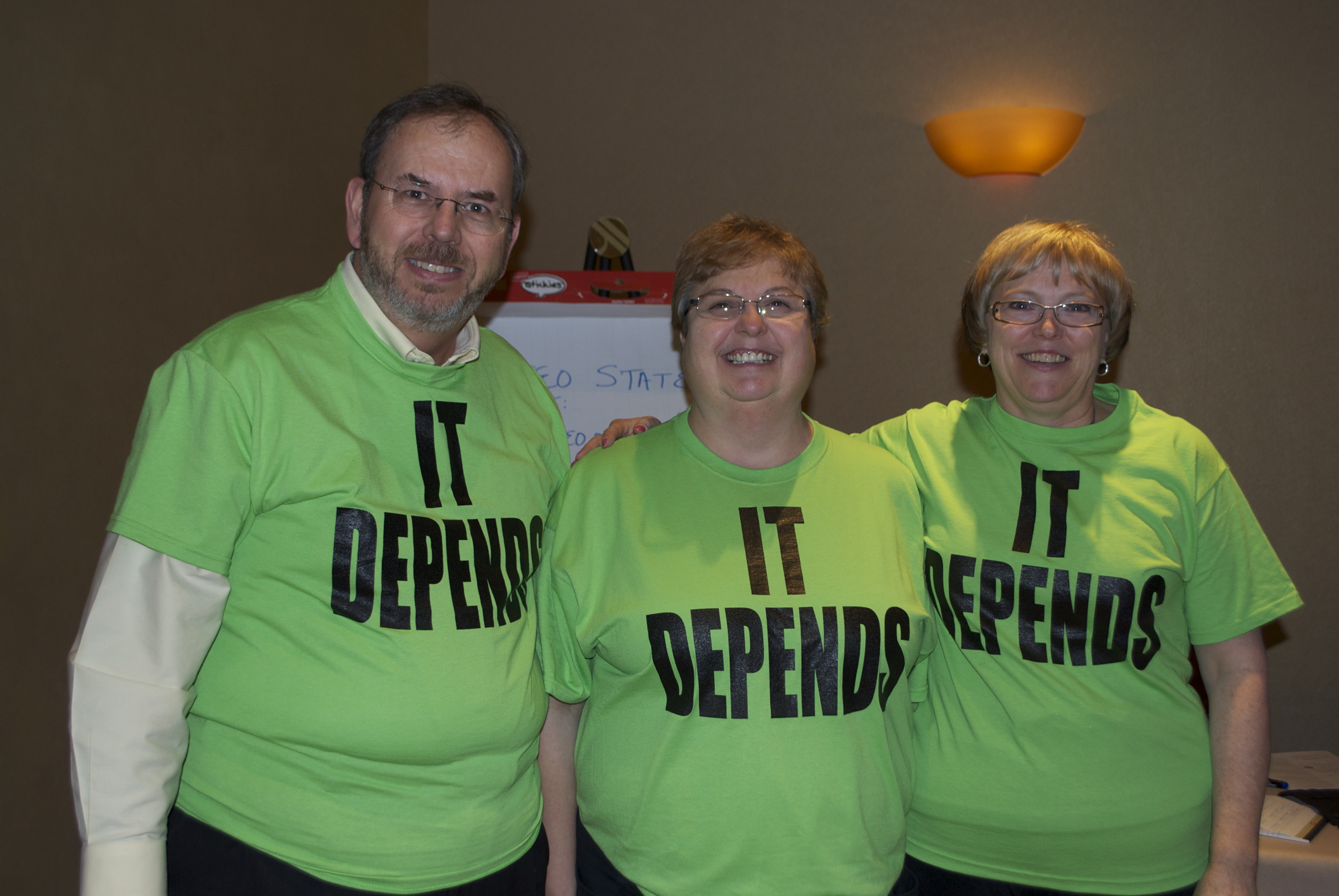Today’s guest blog comes to us from our WICHE colleagues Pat Shea and Catherine Weldon who run an innovative program to bring sophisticated science into the virtual hands of online students.
NANSLO represents an international collaborative partnership between postsecondary institutions in the U.S. and Canada. The collaboration will result in the development of online science course materials for critical gatekeeper courses of physics, biology, and chemistry for first year students interested in considering science as a major. The project started in May of 2011 and will conclude in December of 2012 and is funded through a grant from the Next Generation Learning Challenges.
The most significant outcome of the project has been the dedication and hard work on the part of faculty members at our partner institutions. Faculty members work together in discipline panels, based on their expertise. Most recently, the panels have completed development of laboratory exercises that complement the core NANSLO online curriculum. These laboratory exercises are known as Remote Web-based Science Labs (RWSL). An RWSL exercise makes use of remotely accessible scientific equipment through use of robotics and software over the Internet.
HOW DO STUDENTS USE RWSL EXERCISES?
Accessing the RWSL exercises is easy. Students first log-in to the NANSLO website to configure basic software that launches the RWSL interface and assures access to the remote equipment. Each student receives a brief lab manual explaining the equipment, video and audio software. When connected, students are able to talk with lab technicians who work in the lab using audio software. They can also talk with other students who are logged in to use the same experiment. Up to four students can work together. One student controls the equipment at a time. Students are able to pass the controls between them in order to share use of the equipment.
WHAT DOES THE EXPERIENCE LOOK LIKE TO THE STUDENT?
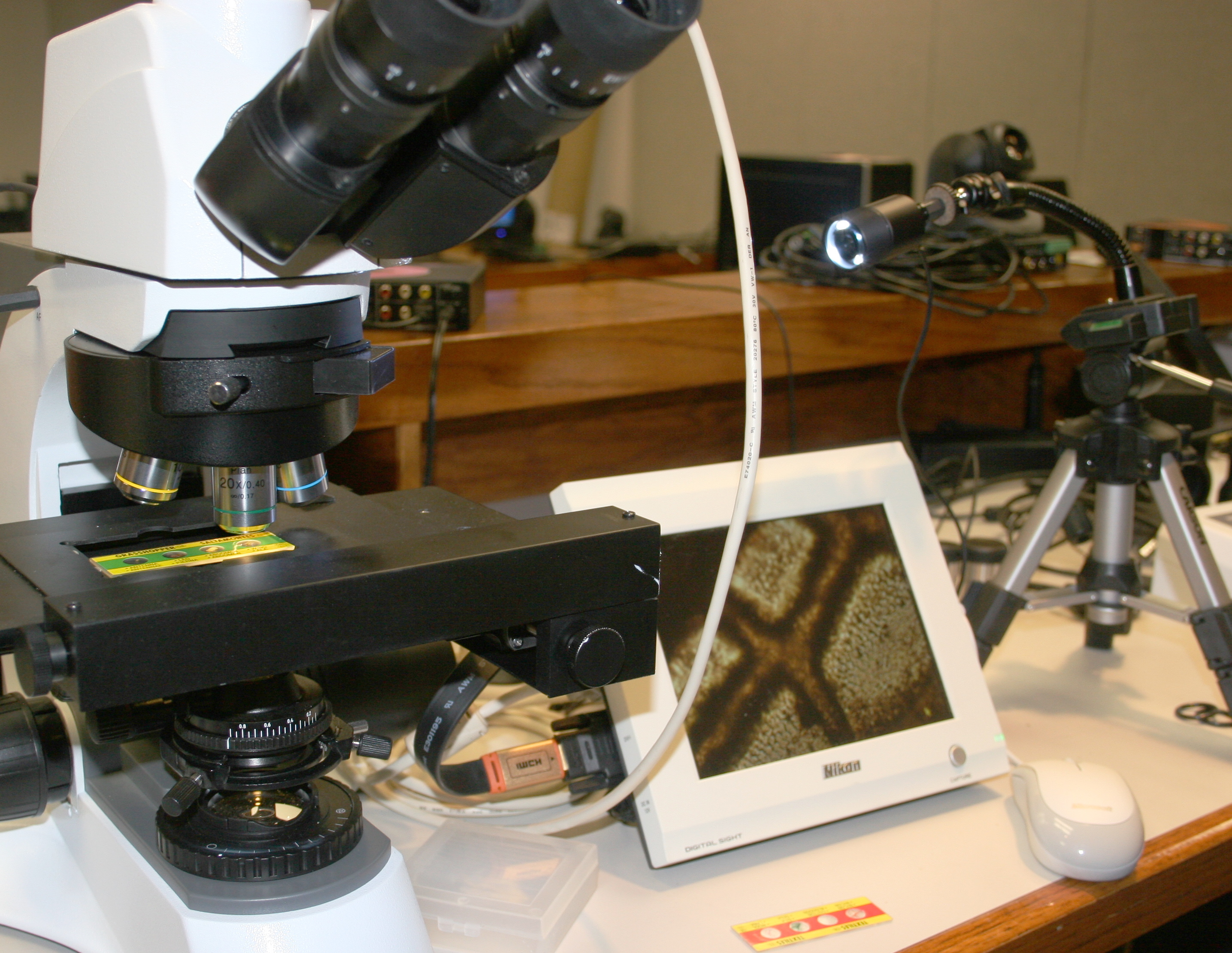 Laboratory equipment, such as the microscope to the left, is equipped with a camera that views and captures high resolution images of slide samples. Additional cameras are positioned in the lab near the microscope so that students can view the microscope, lab technician, and surrounding lab equipment. This perspective offers a view of the equipment as seen by students.
Laboratory equipment, such as the microscope to the left, is equipped with a camera that views and captures high resolution images of slide samples. Additional cameras are positioned in the lab near the microscope so that students can view the microscope, lab technician, and surrounding lab equipment. This perspective offers a view of the equipment as seen by students.
The left hand pane of the RWSL interface (shown below) provides various camera controls for manipulation of video images of the microscope and laboratory. Other controls adjust the position of the slide as well as the microscope’s magnification. Students can view the microscope as they change its magnification via the use of Picture in Picture whereby an imbedded image of the above video stream is presented in the bottom left-hand corner of the interface. In the right hand pane of the RWSL interface, you can see the slide sample.
WHY IS NANSLO IMPORTANT?
Students enrolled through Colorado Community College Online are the first students in the U.S. to make use of RWSL exercises in their first semester physics, biology or chemistry science courses. CCCS believes that RWSL is critical for the following reasons:
- RWSL extends access to science lab sections for students studying online. Studying science, when a lab section is typically required, is difficult for students studying via online classes. Most online students are older, work part-time or full-time and have difficulty scheduling in-class lab time. RWSL affords the same flexibility of online learning to the online lab experience. Student engagement in online science courses taught online is also very important. Online science classes, that include lab experiments, typically require that students purchase Lab Kits consisting of very simple equipment and household items for use in conducting science experiments. Often these kits are sufficient for basic experiments. RWSL complements the Kits and adds access to advanced experiments and expensive equipment. Student response to the RWSL experience illustrates their excitement with the most basic of experiments. Access to accurate scientific data makes RWSL authentic for them.This international project has the potential to deepen student engagement in online science courses and enable more students, especially those who find it difficult to take classes on campus, or to persist in science-related programs. The project will expand access and address persistence barriers by offering quality alternatives to gatekeeper science courses offered in traditional classroom settings.
- Rigorous RWSL promotes academic acceptance of online education. Over the years, many instructors across academic disciplines have resisted online learning. In science, the primary cause of skepticism stems from concern that students are unable to use real lab equipment to gather and analyze real scientific data. A “hands-on” experience is perceived to be critical for students. NANSLO faculty members generally agree that remote access to scientific equipment will be soon be commonplace in undergraduate education. Widespread faculty acceptance of this fact will take time and exposure to both the concept and the equipment. RWSL exercises provide hands-on robotic access to the finest equipment along with the ability to capture authentic data for presentation and analysis using a range of software products. The increasing rigor of RWSL exercises combined with successful student outcomes will stand as evidence for those who need objective proof of this modality’s usefulness.
- Articulation of credit hours at four-year institutions. As the evidence of RWSL authenticity becomes well established, discussion of articulation will become ever more common. CCCS currently provides statewide articulation agreements in 11 fields from Anthropology to Spanish. Eleven other agreements are under consideration: these include physics, chemistry and biology. The only way that four-year institutions are going to accept credit for online science courses that include lab experiments is if those experiments replicate the classroom experience with a high level of rigor and authenticity. NANSLO brings faculty from four-year and two-year campuses together in development of the RWSL exercises. This teamwork is unique in higher education and serves to spark the type of dialog among instructors that is helpful in designing lab experiments at the two-year college level that meet the standards of four-year institutions.
- Tight budgets and restricted brick-and-mortar space. Urban and rural campuses alike can benefit from extending access to high quality remote laboratory equipment. In some cases, limited space and tight capitol budgets restrict a campus’s ability to build new labs much less equip them with numerous copies of the same high quality equipment. In other cases, no money for laboratory experiments is available, period. RWSL can also bring opportunity to a range of high school programs: alternative, AP and IB (International Baccalaureate) programs all benefit. Access and rigor are available to all students who can secure broadband Internet access and a PC or Mac using Windows 7 or higher.
NANSLO is currently seeking funding from various sources to further the initiative. The NANSLO network will grow to include many more nodes (locations of remote labs) in the U.S. and Canada. We look forward to serving students at institutions across the continent. We have plans for development of a “faculty sandbox” accessible via the web where faculty can become acquainted with remote labs, collaborate in the design of new lab curriculum using them, and test the new lab exercises. We will also have a dedicated development lab where programmers will experiment with new technologies and program equipment to perform the experiments designed by faculty in the sandbox. We envision NANSLO including other disciplines such as geology, engineering, astronomy, allied health, and many more. Faculty from more two-year and four-year institutions will work together to create and share course modules, increasing the likelihood that courses transfer and articulate to more institutions. It will be very important that NANSLO research results be well disseminated in the online learning literature, and that faculty in North America become aware of the successful student perceptions and outcomes.
Project Overview: http://www.wiche.edu/nanslo
Pat Shea, NANSLO PI pshea@wiche.edu, 303.541.0302
Catherine Weldon, NANSLO Project Coordinator cweldon@wiche.edu, 303.541.0220
